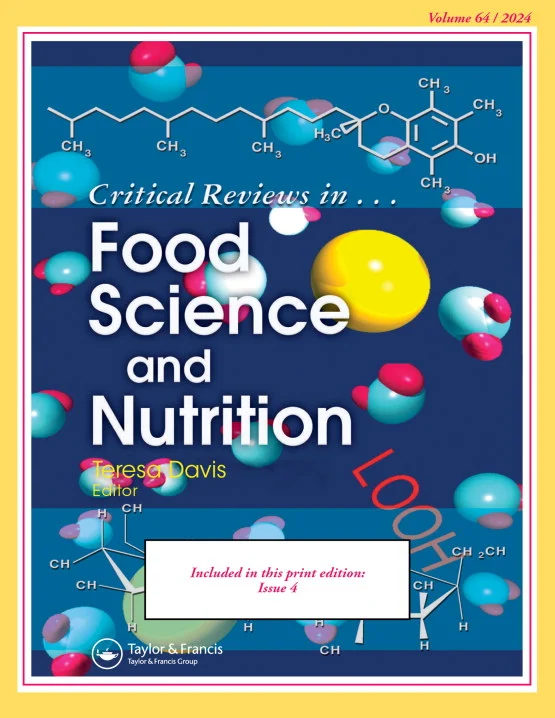Cadmium exposure in infants and children: toxicity, health effects, dietary risk assessment and mitigation strategies.
IF 7.3
1区 农林科学
Q1 FOOD SCIENCE & TECHNOLOGY
Critical reviews in food science and nutrition
Pub Date : 2024-09-12
DOI:10.1080/10408398.2024.2403036
引用次数: 0
Abstract
As a non-essential metal, cadmium (Cd) poses a significant threat to food safety and public health. This risk is particularly pronounced for infants and young children due to their high food consumption relative to body weight and immature physiological systems. This review examines the health risks associated with Cd exposure, particularly during the prenatal period through adolescence. It evaluates the prevalence of Cd-rich foods in children's diets and their intake levels across various countries. The review demonstrates that Cd exposure is associated with neurodevelopmental disorders, immune dysfunction, and cardiovascular diseases. It also highlights geographic differences in exposure, with some Asian countries, such as Thailand and China, exhibiting higher overall levels of Cd intake among children compared to other regions. This review presents several recommendations to mitigate Cd intake during early childhood, including reducing the Cd content in food, inhibiting Cd absorption, and promoting its excretion from the body. To minimize the risk of dietary Cd intake in children, it is recommended that stringent regulations of Cd limits in children's food be implemented, alongside a coordinated multi-stakeholder effort. This review provides important insights into effective public health policy development, laying the foundation for achieving broader public health goals.婴儿和儿童的镉暴露:毒性、健康影响、膳食风险评估和缓解策略。
作为一种非必需金属,镉(Cd)对食品安全和公众健康构成重大威胁。由于婴幼儿的食物消耗量相对体重较高,而且生理系统尚未发育成熟,因此婴幼儿摄入镉的风险尤为明显。本综述探讨了与镉暴露相关的健康风险,尤其是在产前至青春期。它评估了各国儿童膳食中富含镉的食物的普遍性及其摄入量。综述表明,镉暴露与神经发育障碍、免疫功能障碍和心血管疾病有关。综述还强调了镉暴露的地域差异,与其他地区相比,泰国和中国等一些亚洲国家的儿童镉摄入量总体水平较高。本综述提出了几项建议,以减少幼儿期的镉摄入量,包括降低食物中的镉含量、抑制镉吸收和促进镉排出体外。为了最大限度地降低儿童从膳食中摄入镉的风险,建议实施严格的儿童食品中镉限量法规,同时协调多方利益相关者的努力。本综述为有效制定公共卫生政策提供了重要见解,为实现更广泛的公共卫生目标奠定了基础。
本文章由计算机程序翻译,如有差异,请以英文原文为准。
求助全文
约1分钟内获得全文
求助全文
来源期刊
CiteScore
22.60
自引率
4.90%
发文量
600
审稿时长
7.5 months
期刊介绍:
Critical Reviews in Food Science and Nutrition serves as an authoritative outlet for critical perspectives on contemporary technology, food science, and human nutrition.
With a specific focus on issues of national significance, particularly for food scientists, nutritionists, and health professionals, the journal delves into nutrition, functional foods, food safety, and food science and technology. Research areas span diverse topics such as diet and disease, antioxidants, allergenicity, microbiological concerns, flavor chemistry, nutrient roles and bioavailability, pesticides, toxic chemicals and regulation, risk assessment, food safety, and emerging food products, ingredients, and technologies.

 求助内容:
求助内容: 应助结果提醒方式:
应助结果提醒方式:


